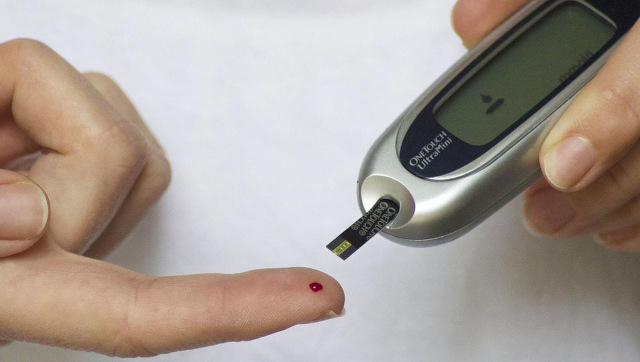According to the Global Report on Diabetes released by the World Health Organisation in 2016, the number of diabetics around the world had risen to 422 million by the year 2014 from 108 million in the year 1980. According to the analysts, this rise in the number of diabetes patients is mostly due to an increase in type 2 diabetes and the factors associated with it. Type 2 diabetes (also known as non-insulin-dependent diabetes or adult-onset diabetes) is the most common type of diabetes, in which the body is unable to use the insulin produced naturally in the body. This is medically called insulin resistance and leads to increased sugar levels in the blood. Insulin is a hormone produced by the pancreas which helps the body use glucose (sugar) to produce energy. Type 2 diabetes largely results from excess body weight (obesity) and physical inactivity. However, researchers from the University of Bristol found that some people may have different genetically inherited metabolic markers in their body which can depict the possibility of type-2 diabetes in the future. [caption id=“attachment_8512801” align=“alignnone” width=“640”]  Representational image. Pixabay[/caption] The birth cohort study After the repeated clinical study, scientists have found that insulin resistance starts a decade before the glucose changes are seen in the blood. The study, published in the journal Diabetes Care on 19 June 2020, was carried out to find the signs of diabetes that can be seen way before it actually turns into the disease. The subjects for this study were taken from the Avon Longitudinal Study of Parents and Children which was a population-based birth cohort study in which 13,988 babies (who were born between April 1991 and December 1992 and were alive at one year of age) of 14,541 pregnant women were monitored repeatedly with a questionnaire and clinical assessment. Out of these, 8,701 children were eligible to participate in the study at the age of eight years. The scientists took non-fasting blood samples of these children at the age of 8 years, whereas their fasting blood samples were taken at the age of 16 years, 18 years and 25 years. Their blood was tested via metabolomics in which the scientists study the chemical compounds called metabolites, which are necessary for the metabolism of the body. The scientists further measured their body mass index (BMI) at every point. BMI is the measurement of body fat, calculated on the basis of height and weight. The results of the study In this study, scientists found the earliest features of type 2 diabetes were apparent in childhood, as early as eight years of age. These features were:
- Low levels of High-Density Lipoproteins (HDL), also known as good cholesterol
- High levels of low-density lipoprotein (LDL) also known as bad cholesterol
- High levels of inflammatory markers
- High levels of Branched-Chain Amino Acids (BCAA)
All these features lead to insulin resistance in the body which can lead to diabetes in the future. These levels were also seen to persistently increase with advancing age. Additionally, the scientists found that children with a higher BMI were also at a higher risk of developing type 2 diabetes in adulthood as fat deposition is one of the key factors for adult-onset diabetes. The researchers believe that with the results of this study, we can help reduce the burden of diabetes on the current population by getting control of it beforehand. For more information, read our article on Diabetes. Health articles in Firstpost are written by myUpchar.com, India’s first and biggest resource for verified medical information. At myUpchar, researchers and journalists work with doctors to bring you information on all things health.


)

)
)
)
)
)
)
)
)



